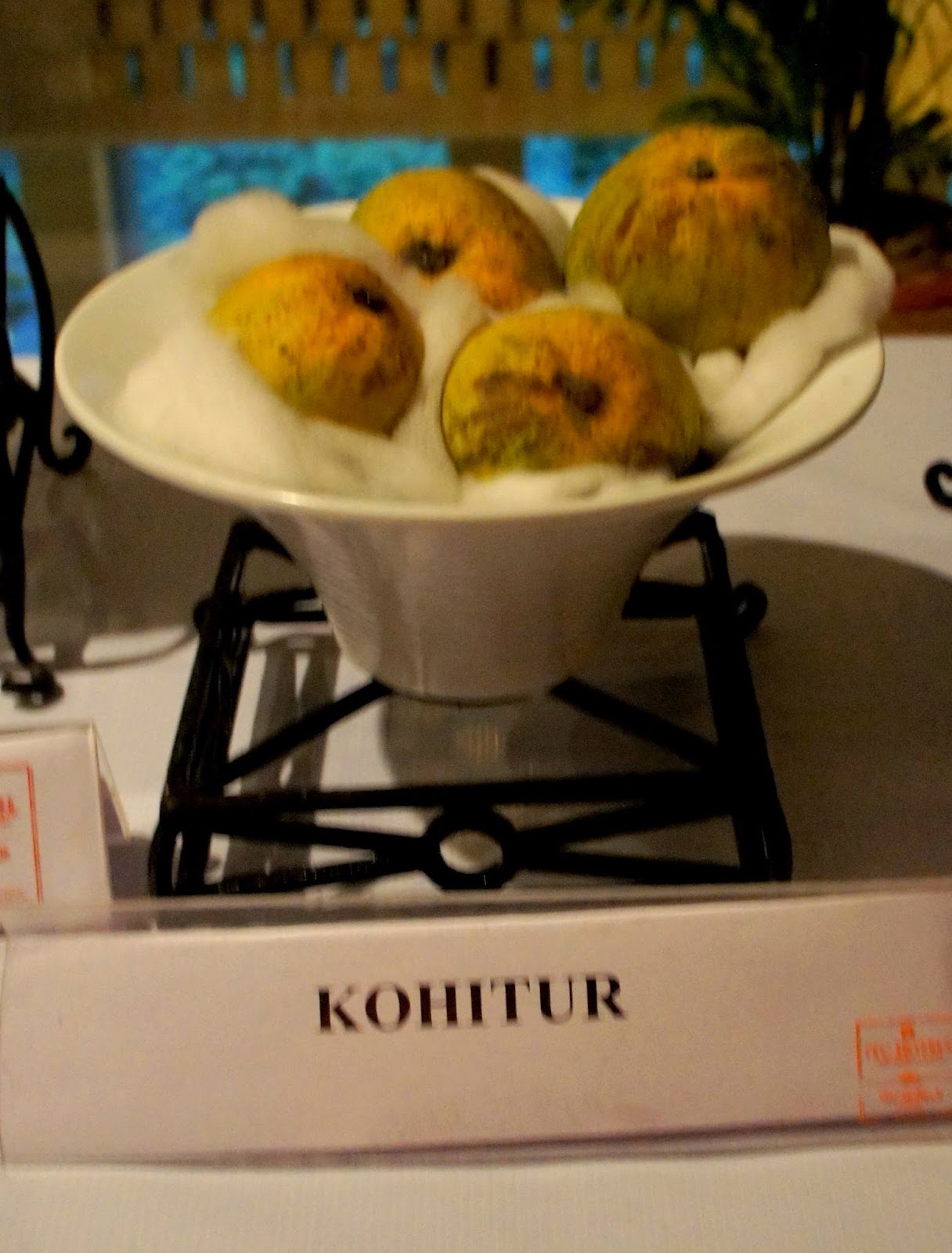Murshidaba, the erstwhile seat of the Bengal
Nawabs, has always inspired in me a sort of reverent fascination, while
triggering a kind of melancholy nostalgia. To me, the hoary arches, the
magnificent domes, the intricate temple carvings and the majestic palaces of
this historic city all seem to narrate an exciting tale of past grandeur, but
one that gives way to a heart-wrenching story of stripped glory, hatred,
treason and misfortune. The shameful tale of how the mellifluous melody of the
sitar and sarangi was silenced by the deadly blare of cannon fire and the mighty
pride of the Nawab throttled and stripped, the ignoble assaults on the city’s
soul, of treacherous friends, gory murders and unashamed gluttony, is a tale
that sends down a chill down your spine.
No, I have never been to Murshidabad, but after all the reading I have done over the years, that's how I see the place!
And while
its history, and its palaces and mosques, fascinate me, what bowled me over
recently was the sheer variety of mangoes that Murshidabad produces. I, as part
of the Kolkata Food Bloggers, was recently invited to attend the Mango Haat at
The ITC Sonar, Kolkata, a joint initiative of ITC Sonar and the Murshidabad
Heritage Development Society, which showcased a delightful assortment of
mangoes from Murshidabad. A bonus was a sneak-peek at the cuisine and culture
of the Sheherwali Jains of Murshidabad, who have metamorphosed the chore of
cutting mangoes into an intricate art and their tradition of eating and cutting
mangoes, is akin to the hallowed tea ceremony of Japan, or so they say.
Of the 200 different varieties of mangoes that were
once grown on the fertile soil of Murshidabad, only few have survived the
perils of time and yet the list will fascinate you. There is the small but
fleshy Saranga and the prized Molamjam, the exquisite Kohitoor that is so
delicate that it rests on cushions of cotton pads and is turned over every few
hours for it to ripen evenly and the Bengali’s favourite Himsagar. Kalapahar,
Bimli, Jahanara, Bara Sahi, Chandan Kosa, egum Pasand, Nawab Pasand, Bhavani
and more. Luckily for us the mangoes weren’t just for show, and I could sample
any kind I fancied, cut with delightful precision by members of Sheherwali Jain families,
committed to the aesthetics of mango cutting. About that, little later.
And if the
luscious, juicy, fresh mangoes weren’t enough, there was on offer a delectable
assortment of mango delicacies like Tangy mango salsa on bruschetta, Mango and
Basil savoury tartlets, Mango phirni and Mango maki, an assortment of sushi
rolls each of which had Mango as the centre piece. The sushi was delightful but
it was the Sheherwali Jain preparations that caught my fancy. So, there was
Kachhe Aam ki Launji, a sweet and sour chutney that’ll add that special touch
to any meal, the Kachche Aam Chana ka Kutti, which has finely diced raw mangoes
and black peas come together in a lip-smacking, tangy and spicy pickle, and finally
the Kacche Aam Ka Kheer, a Sheherwali delicacy that enjoys a pride of place in
their hearts and palate. The kheer, made with milk and raw mango pulp, with a
smattering of saffron is served on a bed of crushed ice – the perfect summer
dessert I say.
Pradip
Chopra, the President of the Murshidabad Heritage Development Society has
penned a book, Mangoes from Murshidabad, which tracks the history of mangoes in
the country and compiles a number of interesting anecdotes, legends, and
reminiscences pivoting the king of fruits in its copious Murshidabadi avatars. It
also illustrates the hallowed tradition of cutting mangoes so dear to the
Sheherwali Jains of Murshidabad.
 |
| From Mangoes of Murshidabad |
 | |
|
 | |
|
Kachche Aam Ka Kheer
Ingredients
Milk (full fat) - 1litre
Sugar - 100 g
Raw mango - 250g
A few strands of saffron
Rose water: a few drops
Method
Bring the milk to a boil. Add sugar and reduce milk to half.
Wash the grated mango thoroughly and then boil it in a cup of water for about 5-8 minutes.
Drain excess water from the boiled mango pulp and hold it under running water wrapped in muslin cloth and squeeze out all excess liquid.
Remove reduced milk from heat and add in the mango pulp, saffron strands and rose water. Cool before placing it in the refrigerator to chill.
Best served on a bed of crushed ice!






No comments:
Post a Comment